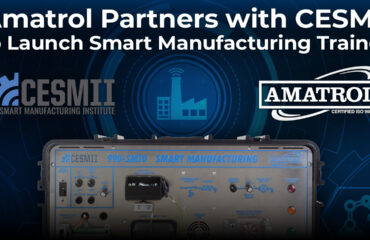Have you jumped on the electric vehicle (EV) bandwagon yet? Thanks to government incentives and a warm embrace from auto manufacturers, EVs are more plentiful today than many people thought possible. From fully electric vehicles to hybrid vehicles that combine electric motors with traditional gasoline engines, millions of consumers have already decided that EV technology is the way to go.
But what exactly is that technology? While most people understand the basic concept that EVs are powered by electricity stored in batteries, the technology those batteries are based upon can vary significantly from one manufacturer to another. That’s why replacing the battery in your EV isn’t as simple as replacing the AA batteries in your television remote control.
How many different types of EV batteries are there? Is one type better than the other? Does one type hold a charge longer than the others? These are the types of questions consumers should be asking, but most consumers would probably be surprised to learn that EV manufacturers themselves are still figuring out the answers since EV technology is still evolving rapidly.
Perhaps that’s why General Motors, according to a recent American Machinist article, “is embracing a technology-agnostic approach to battery cells, to optimize for range, performance, and charging speed.” GM vice president Kurt Kelty notes that GM is “focused on optimizing our battery technology by developing the right battery chemistries and form factors to improve EV performance, enhance safety, and reduce costs.”
This news comes as GM “is revamping its EV battery technology partnership with LG Energy Solution to incorporate a new battery-cell arrangement – prismatic cells, for which [LG Energy Solutions] has both experience in manufacturing and numerous patents covering battery design, manufacturing technologies, and packaging.”
“Prismatic cells use lithium-ion chemistry, in contrast to the nickel-cobalt-manganese-aluminum chemistry that is the basis for the Ultium battery cells the GM-LG partnership manufactures at two plants, in Ohio and Tennessee.”
“The flat and rectangular prismatic cells have a rigid enclosure that allows them to be arranged efficiently in battery modules and packs. It’s a battery assembly that GM explained can reduce EV weight and cost, while simplifying manufacturing because there are fewer modules and mechanical components.”
As EV technologies continue to evolve, the workers in the facilities that produce these batteries and the EVs themselves will need to stay on the cutting edge of technical skill development. This focus on continual skill improvement will require both upskilling of current workers and training current students with the advanced skills they’ll need to be successful in these jobs.
The experts at Amatrol have been working hand-in-hand with industry and educational institutions for years to design training programs featuring eLearning curriculum and hands-on experience with trainers equipped with industrial components workers will encounter on the job.
When it comes to EV training, Amatrol is once again leading the way. Recently, Amatrol hosted the State of Ohio Electric Vehicle Workforce Strategy meeting at its headquarters in Jeffersonville, Indiana, to help chart a course for preparing the Ohio workforce for the jobs that EV battery and vehicle manufacturing facilities will soon bring. Click here to watch a video about that meeting.
What Amatrol has learned is that, in many ways, the development of EV battery and vehicle manufacturing facilities shares similarities with semiconductor manufacturing facilities. They both represent precision manufacturing that requires advanced automation skills.
Visit Amatrol online to learn more about its EV Manufacturing Program. You can also download Amatrol’s EV Manufacturing Program brochure. For more information about how Amatrol can help you upskill your current workers, contact an expert at Amatrol today!





